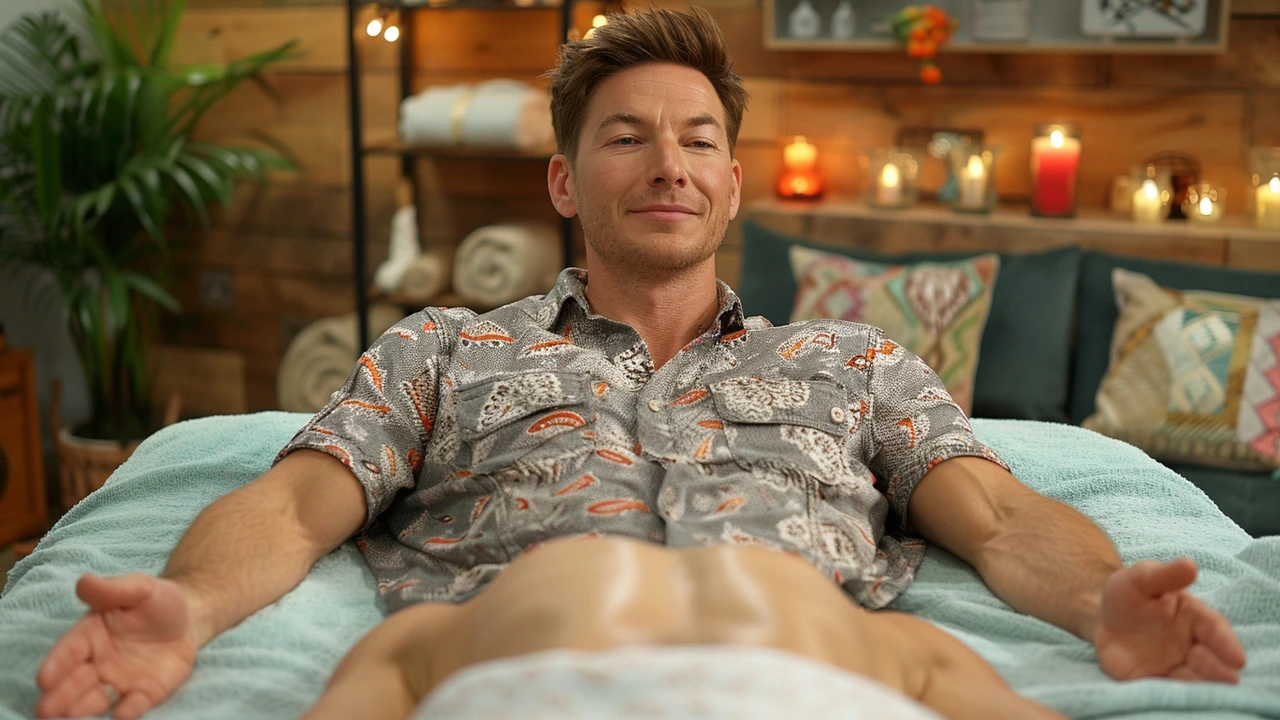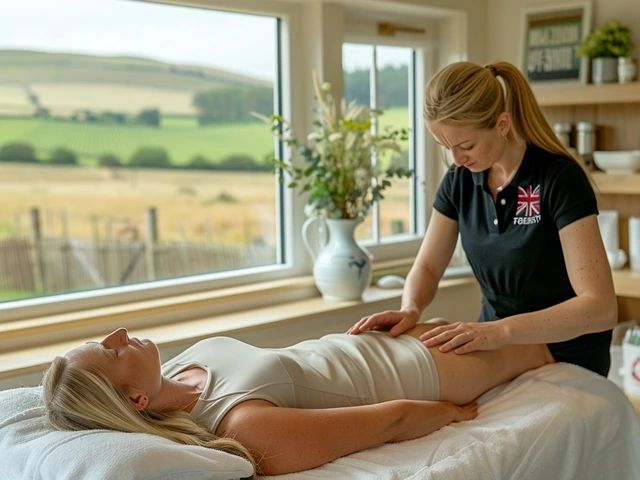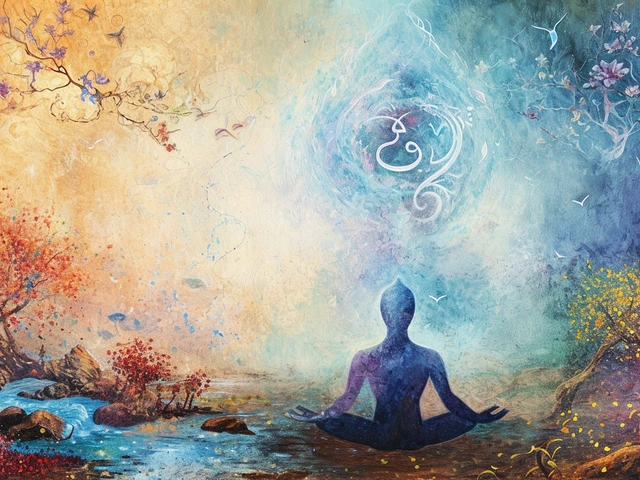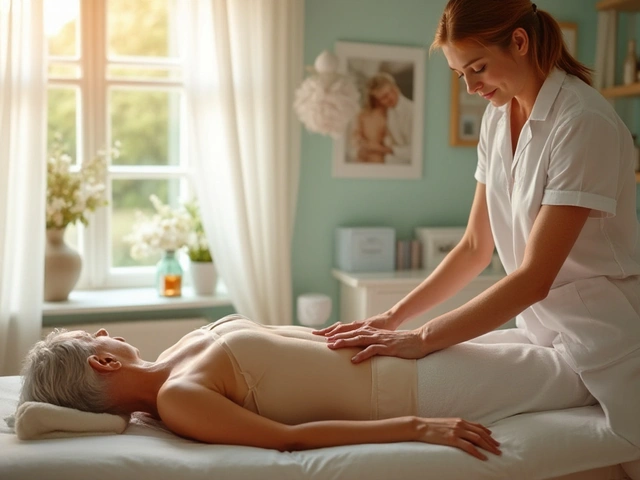Sensory experience in massage isn't just about touch.
It combines sight, sound, smell, and internal body signals to shape how you feel during and after a session. When therapists tune all senses, results often feel deeper and longer lasting.
First, touch. Your skin holds maps of tension. Different methods—like hot stone, trigger point, or Hellerwork—use pressure, rhythm, and temperature to reset those maps. Expect strokes to change: slower, longer moves calm the nervous system; focused pressure eases knots. Tell your therapist when something is too much or too light.
Sound matters
Quiet rooms and gentle music slow breathing and lower stress hormones. Some practices, like Lomi Lomi or Esalen, use rhythm and breathing cues to sync body and mind. If you find music distracting, ask for silence or use your own playlist.
Smell affects memory and mood
A soft scent—like lavender for relaxation or citrus for alertness—can nudge your nervous system before hands even touch your skin. But allergies are real; always mention sensitivities and skip scents if you prefer.
Temperature and touch tools change perception. Warm stones melt muscle tension, cold therapy reduces inflammation, and alternating temperatures can boost circulation. Therapies such as warm stone massage or stone therapy deliberately play with heat to deepen relaxation.
Awareness and movement shape outcomes too. Modalities like Feldenkrais, Hellerwork, and Ortho-Bionomy add tiny movements and nervous system cues so your brain relearns useful patterns. These approaches don't force muscles; they invite the body to shift itself.
Cultural and energetic elements influence experience. Hilot, Kahuna, and palliative massage bring rituals, prayers, or energetic touch that many people find meaningful. If cultural practices matter to you, ask how the session will incorporate them.
Preparing for a rich sensory session is simple. Hydrate, skip heavy meals, and arrive five to ten minutes early to breathe and settle. Wear loose clothing so you can relax easily after the table. Share health history and what you want—pain relief, sleep help, or emotional ease.
During the massage, stay active in the process. Give feedback, breathe with the therapist's rhythm if asked, and notice small shifts. If something triggers discomfort beyond physical soreness—dizziness, sharp pain, or emotional overwhelm—speak up and pause.
Aftercare boosts gains. Gentle stretching, short walks, warm baths, and extra water help your nervous system integrate the work. A short breathing session or quiet time after a palliative or blind massage can extend benefits into the rest of your day.
Choosing the right style comes down to goals and senses. Want deep release? Try trigger point or Rolfing. Want slow nervous system reset? Pick Feldenkrais or Amma. Crave ritual and warmth? Lomi Lomi or hammam might fit.
Sensory experience is personal. What calms one person can irritate another. Good therapists listen, adapt, and guide. When senses line up with purpose, a simple massage becomes a full-body, mind-reset that lasts well after you leave.
If you want recommendations, check guides on Amma, Feldenkrais, stone therapy, Lomi Lomi, and blind massage to match the sensory style you prefer today.

Blind Massage: Discovering a Unique Sensory Experience for Optimal Relaxation
Explore the world of blind massage, a unique therapeutic practice that offers a heightened sensory experience. This article delves into its origins, benefits, and what to expect during a session. Learn how blind massage can lead to deeper relaxation and mindfulness.
Categories
- Health and Wellness (148)
- Alternative Therapies (81)
- Massage Therapy (40)
- Travel and Culture (14)
- Beauty and Skincare (9)
- Holistic Health (8)
- Health and Fitness (5)
- Spirituality (5)
- Other (2)
- Personal Development (2)
Popular Articles



